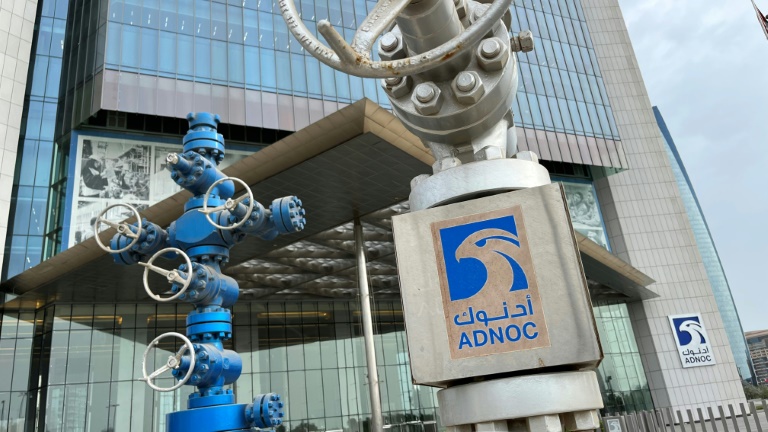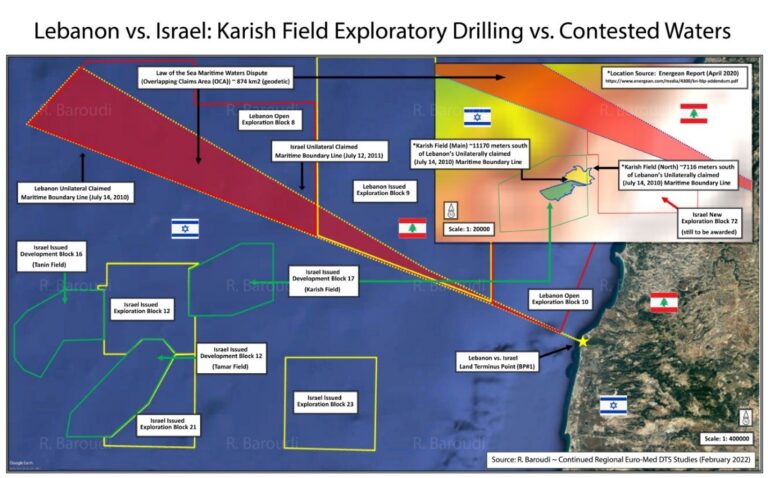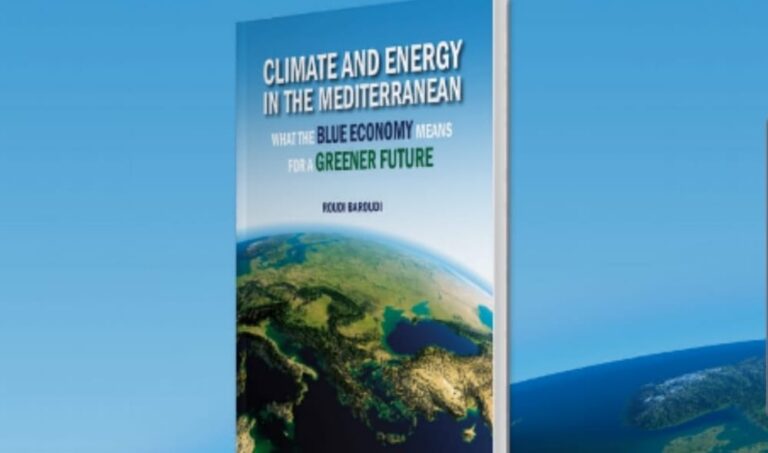إطلاق شركة أدنوك في سوق أبو ظبي للأوراق المالية يوم الاثنين طرح عام أولي بقيمة 2.5 مليار دولار. الخبير الدولي رودي بارودي لوكالة الصحافة الفرنسية: “الغاز الطبيعي المسال هو أهم وقود انتقالي في عملية الابتعاد عن الوقود الاحفوري”.

ستطلق وحدة الغاز التي تم تشكيلها مؤخرًا من قبل شركة الطاقة الحكومية الإماراتية أدنوك في سوق أبوظبي للأوراق المالية يوم الاثنين طرح عام أولي بقيمة 2.5 مليار دولار.
وقد شهدت أسهم شركة أدنوك للغاز ، التي دخلت حيز التشغيل في بداية هذا العام ، زيادة كبيرة في الاكتتاب حتى بعد توسيع الطرح من 4.0 إلى 5.0 في المائة من رأس المال المصدر في استجابة للاهتمام القوي من قبل الاسواق.
تم تحديد السعر النهائي للسهم عند 2.37 درهم (0.65 دولار) للسهم ، حيث جمع حوالي 2.5 مليار دولار ما يعني رسملة سوقية بنحو 50 مليار دولار.
ويعتبر غاز أدنوك ألاكثر نشاطا في بورصة أبو ظبي حتى الآن ، اذ تجاوز الاكتتاب 50 مرة ، وهو أكبر طلب على الإطلاق لطرح عام أولي في منطقة الشرق الأوسط وشمال إفريقيا ، متجاوزًا الرقم القياسي العالمي لشركة أرامكو السعودية البالغ 29.4 مليار دولار قبل ما يزيد قليلاً عن ثلاث سنوات.
يأتي الاكتتاب العام الأولي المنظم بسرعة من أدنوك ، إحدى أكبر شركات النفط في العالم ، في أعقاب التدافع العام الماضي على موارد الغاز البديلة بعد الغزو الروسي لأوكرانيا ، ويأتي في الوقت الذي تبحث فيه البلدان عن وقود أنظف للتخفيف من ظاهرة الاحتباس الحراري.
وفي هذا المجال قال مستشار الطاقة رودي بارودي ، الذي يرأس شركة الطاقة والبيئة القابضة ومقرها قطر ، إنه يتوقع زيادة الطلب عند بدء تداول الأسهم.
واضاف بارودي لوكالة فرانس برس ” كل الأسباب تجعلنا نتوقع أن الزيادة الهائلة في الاكتتاب التي رأيناها ستنتقل إلى اهتمام قوي عندما يتم طرح الأسهم علنا”.
وتحتفظ شركة بترول أبوظبي الوطنية ، المصدر الرئيسي للإيرادات في الإمارات العربية المتحدة ، بحصة 90 بالمئة في الشركة التابعة التي تشكلت من وحدات معالجة الغاز والغاز الطبيعي المسال والغاز الصناعي التابعة لها.
يُوصف الغاز بأنه أنظف من أنواع الوقود الأحفوري الأخرى حيث تسعى البلدان في جميع أنحاء العالم للحد من انبعاثاتها.
وقال البارودي إن الغاز الطبيعي المسال هو “أهم وقود انتقالي في عملية الابتعاد عن الوقود الاحفوري”.
في عام 2021 ، أنتجت الإمارات 57 مليار متر مكعب (bcm) من الغاز الطبيعي ، أو حوالي 1.4٪ من الإنتاج العالمي ، وفقًا لمراجعة BP الإحصائية للطاقة العالمية.
وقالت المجلة الإحصائية إن الإمارات صدرت في العام نفسه 8.8 مليار متر مكعب من الغاز الطبيعي المسال ، أي 1.7 بالمئة من صادرات الغاز الطبيعي المسال العالمية.
وقال بارودي: “مع تسارع وتيرة الجهود العالمية لمكافحة تغير المناخ ، من المتوقع على نطاق واسع أن ينمو دور الغاز الطبيعي بشكل عام”.
تتمتع أدنوك بسمعة طيبة ، لذلك كان من المتوقع أن يجذب الاكتتاب العام في أدنوك للغاز اهتمامًا كبيرًا.









